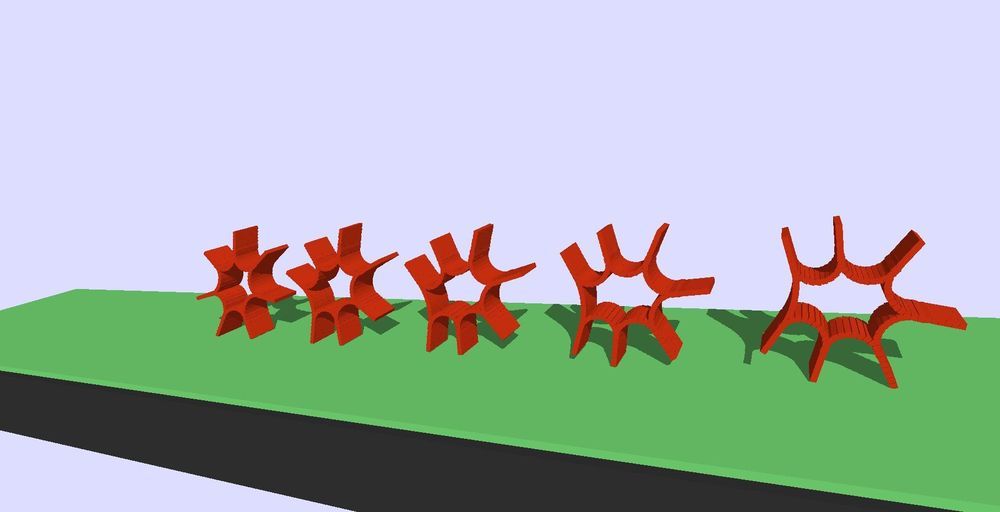A growing cadre of startups is pursuing iterative cycles of machine learning, wet-lab experimentation and human feedback to accelerate target drug discovery.
A new AI diagnostic tool trained on crowdsourced symptom data can predict whether someone likely has COVID-19 without testing.
The model was trained on data from more than 2.5 million users of the COVID Symptom Study app developed at King’s College London, which anyone can download to report their daily health status.
Starlink’s transceiver gets pictured and Starship passes a key test. Tom Cruise in space? How can readers volunteer with the space community? It’s Musk Reads: SpaceX Edition #167.
A version of this article appeared in the “Musk Reads” newsletter. Sign up for free here.
Are you taking any pills to enhance performance?
When it comes to the mind, there are a host of drugs that have become popular in various settings as nootropics, from college campuses to high power startups in Silicon Valley. Of these, a few families of drugs have accumulated a collection of research studies suggesting that they could be utilized safety, and also produce a desired effect.
The first such category of such drugs that performance enhancement seekers often try are stimulants. Two common such drugs are methylphenidate and dexamphetamine, which are used routinely and safely to treat attention deficit hyperactivity disorder (ADHD) and narcolepsy. Despite their popularity for off-label use to boost concentration, however, these drugs are not really nootropics. They are actually quite dangerous if you don’t have ADHD or narcolepsy, or some other deficit, because tolerance builds up quickly, leading to dependence. Thus, while methylphenidate can keep you awake overnight or give you a boost in the morning, and possibly move you faster through a pile of non-creative work, they don’t really make you think better, and if you keep taking them you will be back to square one on performance, and with a drug dependence problem. You’d be better off with a strong cup of coffee.
Other types of memory and cognition enhancing medications have become available because they are being tested, or have shown promise, for improving memory or concentration, or for reducing apathy, in people with degenerative brain diseases. These drugs come in families, each with a flagship drug that we can use as an example here for discussion purposes.
Conclusion
The race is on to develop the hardware that will power the upcoming era of AI. More innovation is happening in the semiconductor industry today than at any time since Silicon Valley’s earliest days. Untold billions of dollars are in play.
This next generation of chips will shape the contours and trajectory of the field of artificial intelligence in the years ahead. In the words of Yann LeCun: “Hardware capabilities…motivate and limit the types of ideas that AI researchers will imagine and will allow themselves to pursue. The tools at our disposal fashion our thoughts more than we care to admit.”
Motion picture animation and video games are impressively lifelike nowadays, capturing a wisp of hair falling across a heroine’s eyes or a canvas sail snapping crisply in the wind. Collaborators from the University of California, Los Angeles (UCLA) and Carnegie Mellon University have adapted this sophisticated computer graphics technology to simulate the movements of soft, limbed robots for the first time.
Star Trek fans get hyped as scientists at NASA’s Johnson Space Center have just unveiled a design for a warp drive ship. NASA scientist and Advanced Propulsion Team Lead Harold White revealed that he was investigating if a warp drive ship could travel faster than light and if so, how can we build one.
In 1994, physicist Miguel Alcubierre proposed a method of warping space-time in his paper titled, “The Warp Drive: Hyper-Fast Travel Within General Relativity,” The idea is not to propel the ship faster than light, but to expand space time behind it, which subsequently would contract space time at the front of the ship. This decreases the time it takes to travel a distance enormously and the method is said to be valid within Einsten’s General Relativity.
CORONAVIRUS cases in Germany have almost trebled in the past 24 hours sparking fears of a second wave of COVID-19 infections.
Circa 2017 face_with_colon_three
Researchers at the University of British Columbia have developed a form of concrete that is able to stretch without breaking, making it better able to resist the kind of forces produced by earth movements.
VTOL Takes Off
Posted in futurism, robotics/AI
Next-generation VTOL concepts are rising to meet the future needs of a modern-day battlefield.
Vertical take-off and landing (VTOL) concepts for unmanned aerial systems (UAS) certainly aren’t new. Their reconnaissance and intelligence-gathering roles date back to the 1950s, and there’s been a gradual path toward technological advancements in the decades since.






 [Image Source:
[Image Source: 

